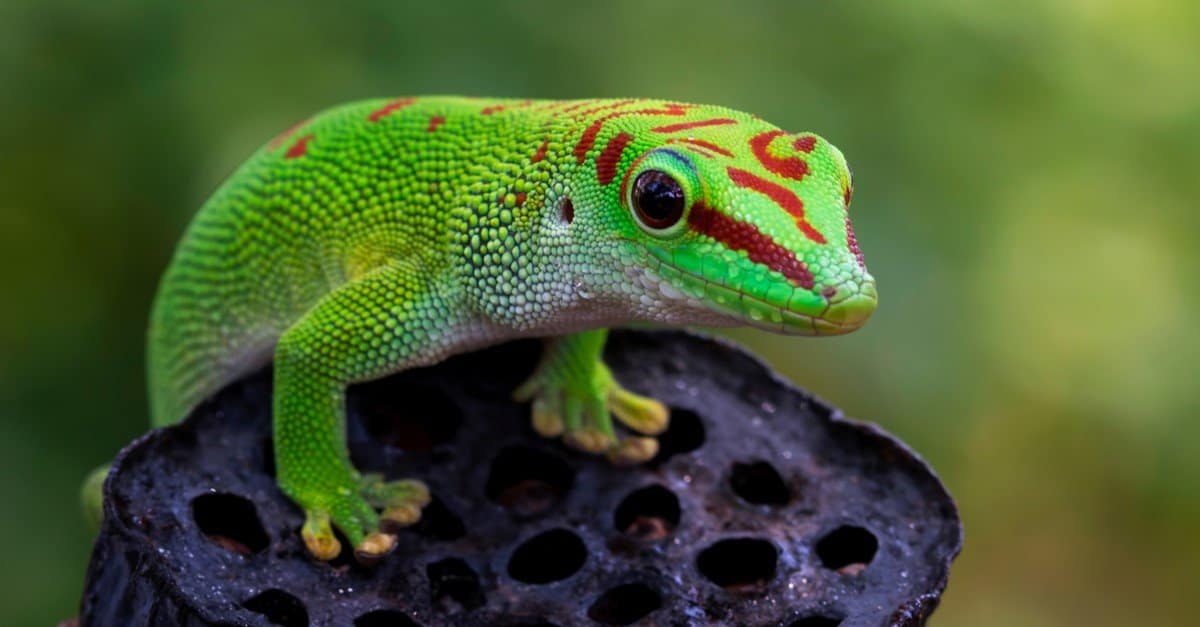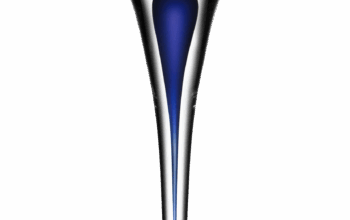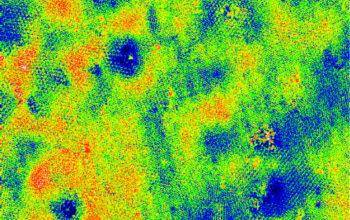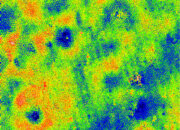The fascinating world of geckos, particularly their extraordinary ability to adhere to various surfaces, has captivated the imagination of researchers and enthusiasts alike. A compelling question arises: how do these remarkable creatures achieve such adherence? The prevailing hypothesis, often elucidated as an interplay of biology and physics, suggests that their adherence may derive from static electricity, among other mechanisms. This paper delves into the biomechanics of gecko feet, scrutinizing the role of van der Waals forces and static electricity in their adhesion capabilities while posing a challenge for future research.
Geckos are lizards belonging to the family Gekkonidae, found predominantly in warm climates. They are distinguished not only by their unique vocalizations and complex behaviors but also by their exceptional climbing abilities. Unlike many other reptiles, geckos possess a specialized morphological feature—setae, which are microscopic hair-like structures that adorn the pads of their feet. These setae are subdivided into even smaller structures called spatulae, whose sheer numbers can reach into the millions on a single foot. This morphological adaptation is central to their ability to cling to diverse surfaces, whether it be a vertical wall or a ceiling.
At the core of the gecko’s adhesive prowess lies a combination of microscopic physics and evolutionary biology. The quandary of adhesion in nature revolves around the interaction of surfaces at the molecular level. The spatulae on a gecko’s foot create a large surface area, which significantly enhances the potential for intermolecular interactions, primarily van der Waals forces. These forces are weak attractive interactions that occur between molecules, arising from transient local polarizations. When the spatulae come into contact with a surface, these forces can facilitate an impressive degree of adhesion, allowing the gecko to traverse challenging terrains.
While van der Waals forces play a pivotal role in this process, another layer exists—it is here that static electricity becomes a subject of interest. Static electricity arises from the accumulation of electric charge on a material, often occurring through friction or contact. In the case of geckos, the friction produced during movement can lead to a charge difference on their toes. This phenomenon engenders a temporary increase in the local electric field when the gecko’s foot makes contact with a substrate. As a result, the adhesion is significantly enhanced, aiding them in grasping surfaces with minimal effort.
The interplay between van der Waals forces and static electricity introduces a compelling dynamic. However, it brings forth a question: to what extent does static electricity contribute to the overall adhesive performance of gecko feet in different environmental conditions? Research has suggested that humidity, temperature, and surface roughness can influence this dynamic. The moisture content in the air can alter the efficacy of static charge accumulation, while uneven surfaces may impede optimal contact between spatulae and the substrate. These variables present a unique challenge for researchers aiming to recreate gecko adhesion mechanisms for technological applications.
Understanding the mechanics of adhesion extends beyond a mere biological fascination; it holds potential ramifications for various fields, including robotics, materials science, and bioinspired engineering. Engineers have long sought to mimic gecko adhesion for practical applications—developing climbing robots or innovative adhesive materials. Yet, the challenge remains: how can a synthetic material replicate the intricate and nuanced interactions that occur in a gecko’s foot? Despite advancements, the delicate balance of structural integrity, flexibility, and adhesion remains complex. Researchers must grapple with the intricacies of material engineering to derive an optimal solution.
Moreover, the implications of gecko-inspired technology are staggering. Imagine adhesive products that can effortlessly bond to a variety of surfaces, maintaining effectiveness in dynamic situations. Such advancements could revolutionize industries ranging from construction to the aerospace sector. Yet, inherent challenges persist. The optimization of materials must consider the efficacy of adhesion under various conditions while seeking to minimize any unintended consequences, such as the degradation of the adhesive itself over time.
Additionally, ecological implications warrant consideration. The etiology of gecko adhesion mechanisms has evolved over millions of years, representing a refined solution to environmental challenges. As researchers model synthetic adaptations, ethical implications www arise surrounding habitat conservation and biodiversity. How can such technologies intersect with natural ecosystems, ensuring that advancements do not inadvertently harm the very subjects of study? The inquiry into gecko feet’s static electricity and adhesion phenomena thus spawns a multifaceted discourse encompassing science, technology, and environmental stewardship.
In conclusion, gecko feet exhibit an exceptional combination of van der Waals forces and static electricity, resulting in their remarkable adhesive properties. As researchers endeavor to unravel the intricacies of these mechanisms, they are confronted with a host of challenges that extend beyond the biological realm into the realms of engineering and ethics. The exploration of these themes not only enhances understanding of gecko physiology but also propels the development of novel technologies inspired by nature. The pursuit remains—how can we harness the secrets of gecko adhesion while ensuring that innovation harmonizes with ecological integrity?










